Menstrual pain is something most women experience. It can feel like mild cramps or sometimes intense pain that makes it hard to go about daily activities. Period pain, also known as dysmenorrhea, usually happens in the lower belly but can also spread to the lower back and legs. Many women also feel tired, sick, or have mood swings during this time.
Dealing with period pain every month can be tough. While painkillers may help for a short time, yoga offers a more natural and long-lasting way to ease the pain. Yoga focuses on gentle stretches, deep breathing, and relaxation, which can help reduce period discomfort and support your body’s natural balance. In this blog, we will look at what causes period pain, how yoga can help, and share 8 simple and effective yoga poses that can bring relief during your period.
What Causes Menstrual Pain?
The pain associated with menstruation is caused by the contractions of the uterus as it sheds its inner lining, the endometrium. Hormone-like substances called prostaglandins are responsible for starting this process. Higher levels of prostaglandins can lead to stronger uterine contractions and increased menstrual pain. Besides natural hormone fluctuations, other contributing factors include:
- Lack of physical activity
- Poor dietary habits
- Emotional stress
- Underlying medical conditions like endometriosis, fibroids, pelvic inflammatory disease (PID), adenomyosis, or cervical stenosis
Types of Menstrual Pain
There are generally two types of menstrual pain:
- Primary Dysmenorrhea: Pain that typically starts from the beginning of menstruation with no underlying pelvic disease. It usually improves with age or after childbirth and is primarily caused by hormonal changes.
- Secondary Dysmenorrhea: Pain that develops later in life, often due to identifiable conditions such as fibroids, endometriosis, or pelvic infections. This type of pain often worsens over time and may not respond well to standard pain relief methods.
When to Be Concerned About Period Pain?
While mild cramps and discomfort are common, menstrual pain can be a warning sign if:
- It interferes with your daily activities.
- You pass large clots with heavy bleeding.
- You experience sharp or continuous pain for several cycles.
- You feel pain in the pelvic region even outside your period.
- The cramps are accompanied by vomiting, diarrhea, or foul-smelling discharge.
If you experience these symptoms, it’s essential to consult a healthcare provider to rule out any serious conditions.
Yoga: A Natural Solution for Menstrual Pain
Yoga is an ancient and effective way to manage menstrual discomfort. It doesn’t just offer physical relief but it also promotes emotional balance and reduces stress, which can worsen period pain.
How Yoga Helps in Menstrual Pain
- Improves blood circulation: Encourages better oxygen flow and removes blockages in the pelvic region.

- Relieves muscle tension: Gently stretches and relaxes muscles prone to cramps.
- Balances hormonal levels: Regular practice can help in regulating menstrual cycles.
- Reduces stress: Calms the nervous system and promotes mental well-being.
- Increases flexibility: Makes the body more resilient to monthly changes.
Yoga helps you develop a compassionate connection with your body and empowers you to manage discomfort naturally.
Related Article:- The Benefits of Asanas
8 Effective Yoga Asanas for Period Pain Relief
Here are eight highly effective yoga asanas that can significantly help in reducing menstrual pain and discomfort. These poses are gentle, beginner-friendly, and can be practiced safely during your periods to promote relief and relaxation.
1. Supta Baddha Konasana (Reclining Bound Angle Pose):-
This restorative pose opens the hips and stretches the inner thighs, relieving tension in the pelvic area. It allows the body to fully relax while gently opening the groin, promoting a soothing effect on the abdominal region.
How to Practice:
- Lie flat on your back with your spine comfortably aligned.
- Bring the soles of your feet together, allowing your knees to fall open to the sides.
- Place cushions or yoga blocks under your knees for support if needed.
- Rest your arms beside your body, palms facing up, and take slow, deep breaths.
Benefits:
- Reduces abdominal and lower back tension by releasing tightness in the pelvic muscles.
- Calms the mind, slows the heart rate, and promotes deep relaxation, which is essential during menstruation.
2. Balasana (Child’s Pose):-
One of the most comforting yoga poses, Balasana soothes lower back pain and provides a grounding sense of emotional security. It gently stretches the hips, thighs, and ankles, allowing the body to rest and reset.
How to Practice:
- Kneel on your mat, sitting back on your heels.
- Spread your knees wide apart to create space for the abdomen.
- Stretch your arms forward, resting your forehead on the mat.
- Breathe deeply and stay in the pose for at least 1-2 minutes.
Benefits:
- Relieves deep-seated tension in the hips, lower back, and shoulders.
- Provides a gentle compression to the abdomen, helping to ease menstrual cramps.
3. Apanasana (Knees-to-Chest Pose):-
Known as the “wind-relieving pose,” Apanasana massages the abdominal organs and aids in releasing gas, bloating, and cramps. It encourages a gentle rocking motion that provides both comfort and relief.
How to Practice:
- Lie flat on your back and slowly draw both knees toward your chest.
- Wrap your arms around your shins or place your hands on your knees.
- Rock side to side gently to massage your lower back.
- Breathe deeply and stay in the pose for 30-60 seconds.
Benefits:
- Eases tension and tightness in the lower back and pelvis.
- Stimulates digestion, alleviates bloating, and supports the release of trapped gas.
4. Cat-Cow Stretch (Marjaryasana-Bitilasana):-
This dynamic flow sequence promotes spinal flexibility and massages the abdominal area, improving circulation and relieving tension. The rhythmic breathing combined with movement has a calming and soothing effect.
How to Practice:
- Come onto your hands and knees in a tabletop position.
- Inhale, arch your back, lift your head and tailbone upward into Cow Pose.
- Exhale, round your spine, tuck your chin toward your chest into Cat Pose.
- Continue flowing between Cat and Cow for 10-15 rounds.
Benefits:
- Improves mobility and flexibility in the spine, reducing stiffness.
- Relieves lower back and abdominal tightness, promoting better blood flow to the pelvic region.
5. Pigeon Pose (Eka Pada Rajakapotasana):-
Pigeon Pose is a deep hip opener that helps release stored tension, both physical and emotional, from the hips and pelvic region. It encourages deep relaxation and improved pelvic flexibility.
How to Practice:
- From all fours, bring your right knee forward near your right wrist.
- Extend your left leg straight behind you with your hips squared forward.
- Gently fold your upper body over your bent leg for a deeper stretch.
- Hold the pose for 5-10 breaths and repeat on the other side.
Benefits:
- Increases circulation in the hips and pelvic region, which can relieve cramps.
- Releases tightness in the hip flexors, glutes, and lower back, reducing discomfort.
6. Bhujangasana (Cobra Pose):-
Cobra Pose strengthens the lower back muscles while opening the chest and abdomen, helping to ease menstrual back pain. It energizes the body and stretches the front torso, creating space for easier breathing.
How to Practice:
- Lie on your stomach with your hands placed under your shoulders.
- Inhale, gently press into your palms and lift your chest off the floor.
- Keep your elbows soft and your shoulders relaxed, avoiding overstraining.
- Hold for a few breaths and lower down slowly.
Benefits:
- Stimulates abdominal organs, promoting better blood circulation and digestion.
- Helps relieve mild back pain, menstrual fatigue, and feelings of sluggishness.
7. Supta Matsyendrasana (Reclining Spinal Twist):-
Twisting poses like the Reclining Spinal Twist provide a soothing massage to the abdominal organs, aid digestion, and release tension in the spine and hips.
How to Practice:
- Lie on your back and bend your right knee.
- Drop your right knee over to the left side of your body while extending your right arm out.
- Gaze towards your right hand and breathe deeply.
- Hold for 5-10 breaths and repeat on the opposite side.
Benefits:
- Gently stretches the spine, hips, and shoulders, releasing tension from the torso.
- Helps relieve abdominal tightness, improves digestion, and can reduce menstrual bloating.
8. Viparita Karani (Legs-Up-the-Wall Pose):-
Viparita Karani is a restorative inversion that promotes relaxation, relieves tired legs, and reduces pelvic congestion. It gently encourages the reversal of blood flow to soothe the lower body.
How to Practice:
- Sit sideways next to a wall with one hip touching it.
- Gently lie on your back and swing your legs up the wall, keeping them straight.
- Let your arms rest by your sides, palms facing up, and close your eyes.
- Stay in this pose for 5-15 minutes.
Benefits:
- Relieves lower back pain, reduces swelling in the legs, and calms the nervous system.
- Enhances circulation in the pelvic area, supporting gentle pain relief and deep relaxation.
Read Also:- Yoga Asanas Poses for Weight Loss
Additional Tips to Manage Period Pain Naturally
While yoga is a powerful tool, combining it with other natural remedies can further ease discomfort during menstruation.
- Stay Hydrated:- Drinking plenty of water, especially warm water, can improve circulation and reduce bloating.
- Try Herbal Teas:- Chamomile, ginger, and peppermint teas have anti-inflammatory properties that soothe cramps and promote relaxation.
- Apply Heat:- Use a hot water bottle or heating pad on your lower abdomen to relax muscles and improve blood flow.
- Avoid Heavy and Spicy Foods:- Spicy, fried, and processed foods can aggravate bloating and discomfort. Opt for light, nourishing meals.
- Practice Gentle Movement:- Light walking, stretching, or restorative yoga helps keep the blood flowing and reduces stiffness.
- Manage Stress:- Meditation, deep breathing, and mindfulness can reduce stress hormones that worsen period pain.
Final Thoughts
Menstrual pain is a natural part of life for many women, but it doesn’t have to take over your days. With gentle and regular yoga practice, you can ease period pain, feel more emotionally balanced, and connect better with your body. Practising these yoga poses often, not just during your period, can help reduce cramps and support your overall health in the long run. If you experience severe or constant pain, make sure to talk to a doctor to check for any medical problems.
At Om Shanti Om Yoga Ashram, we encourage women to follow yoga as a complete lifestyle that supports both physical and emotional well-being. Join us to explore more healing yoga practices and enjoy their deep benefits.









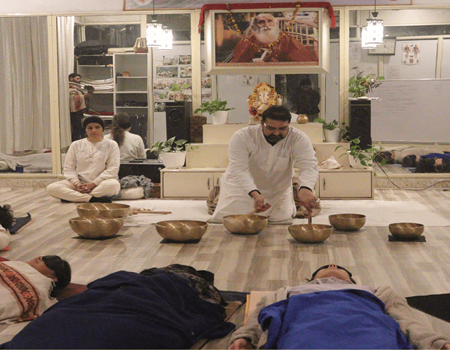
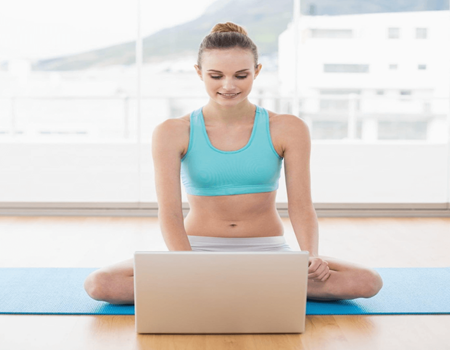
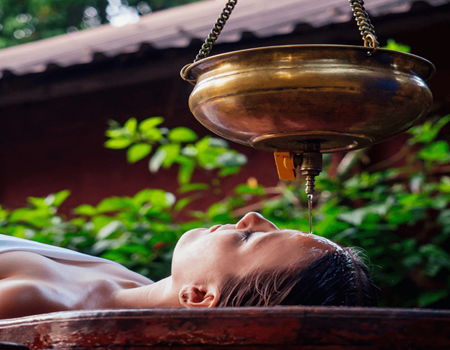
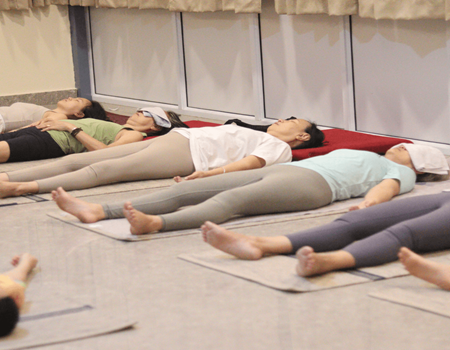
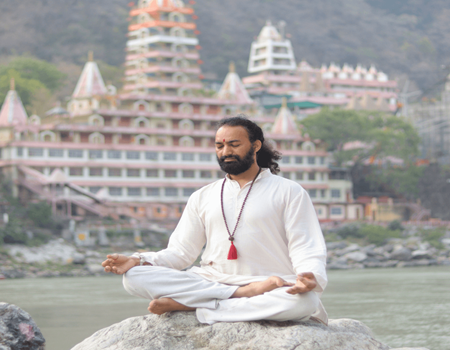

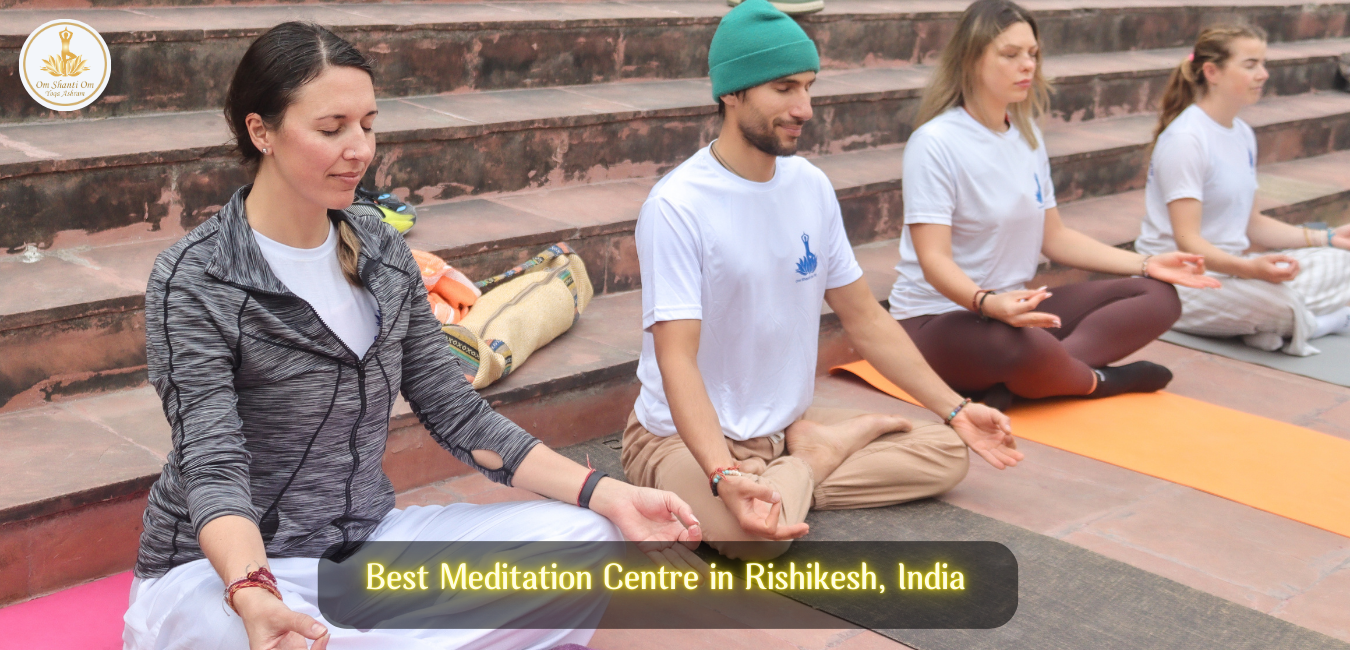

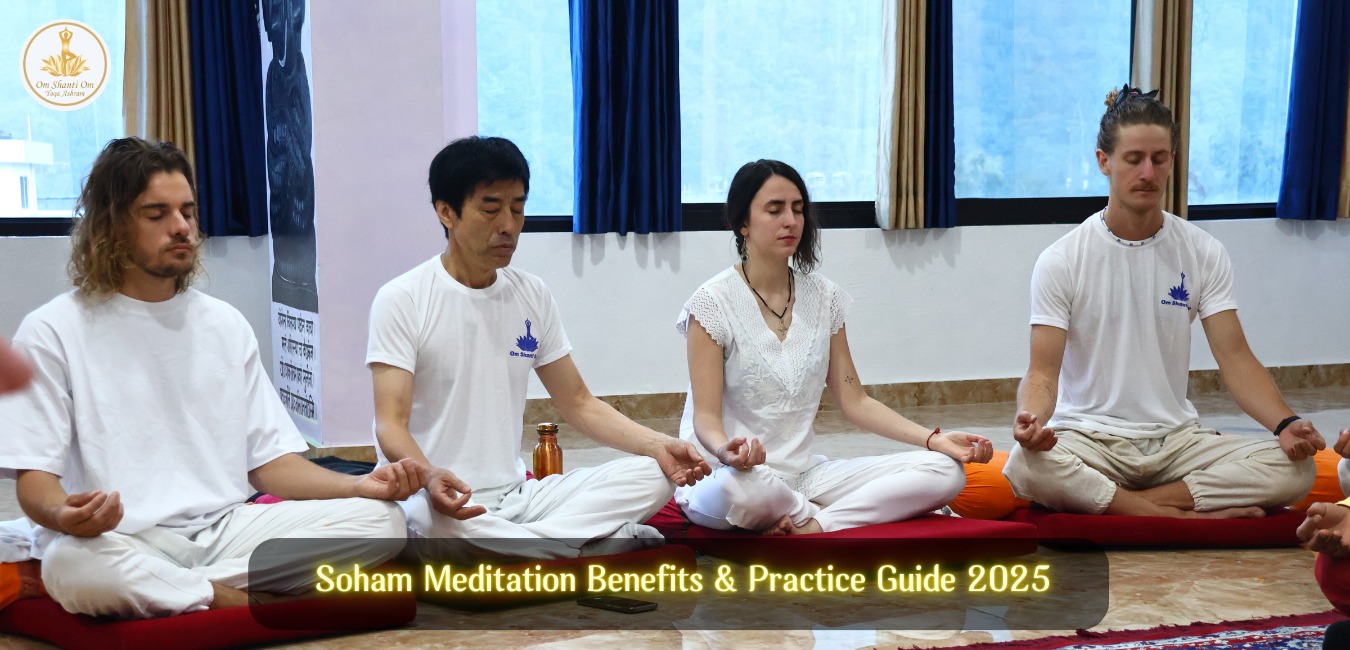
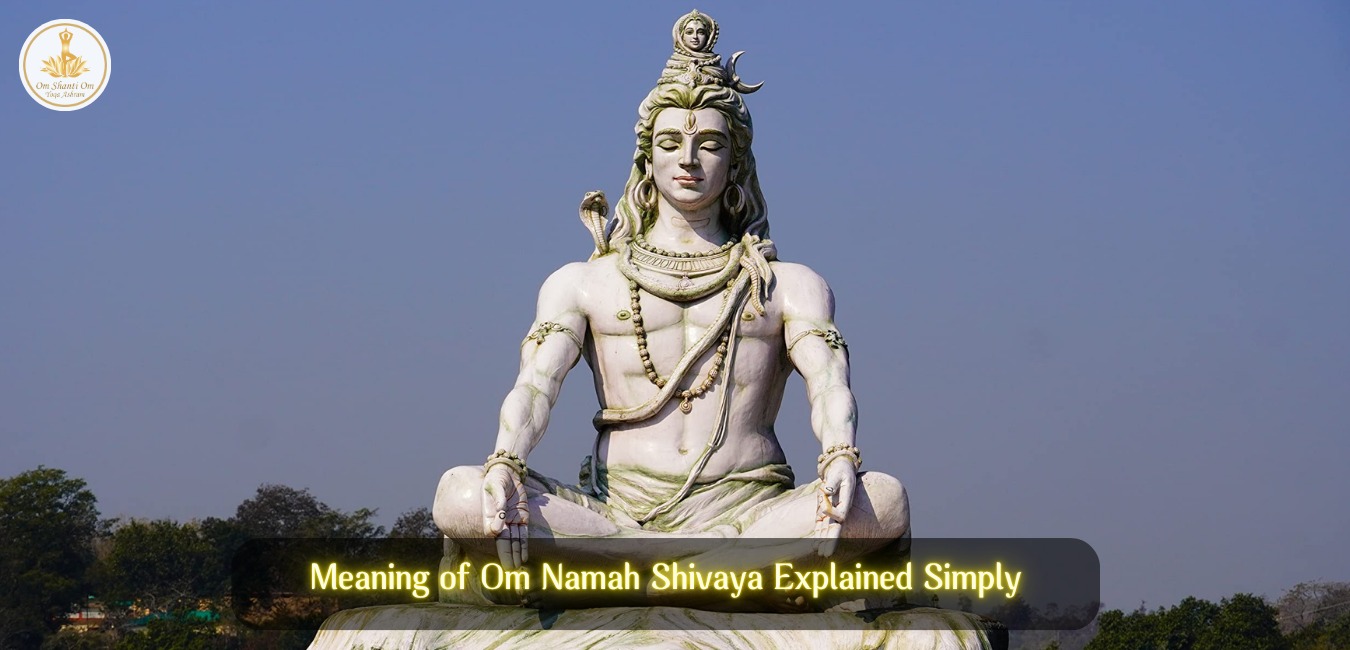

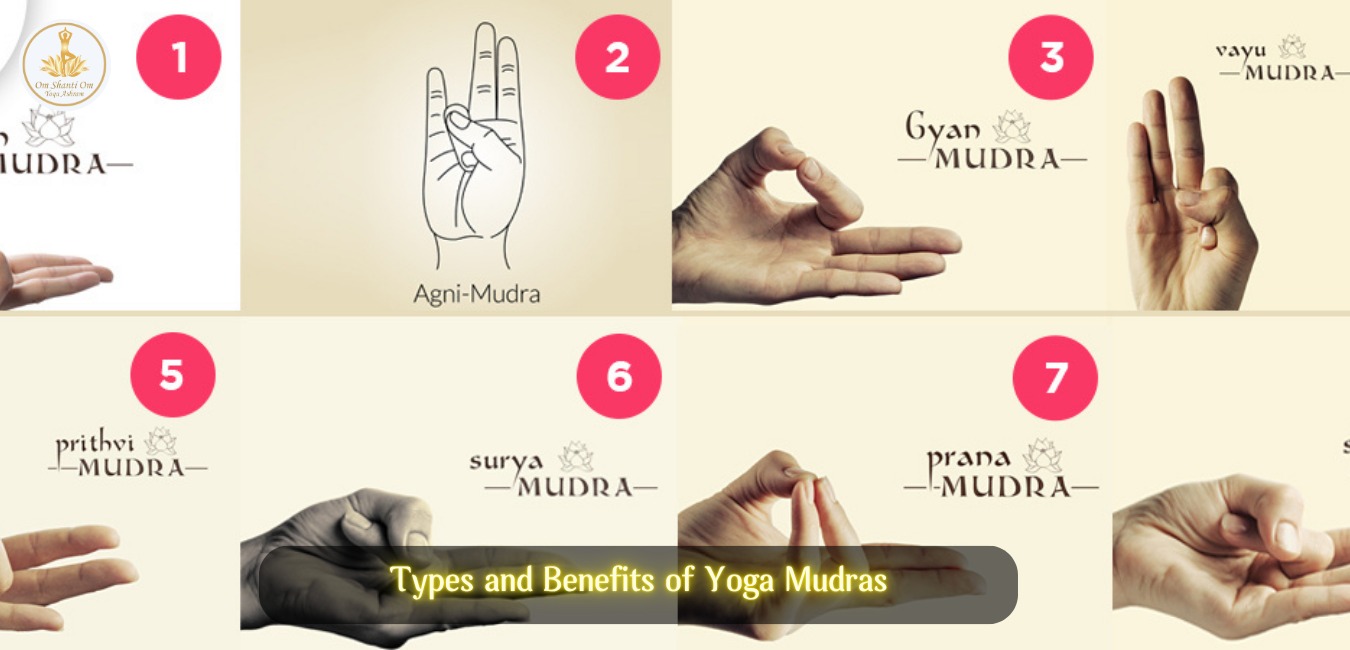

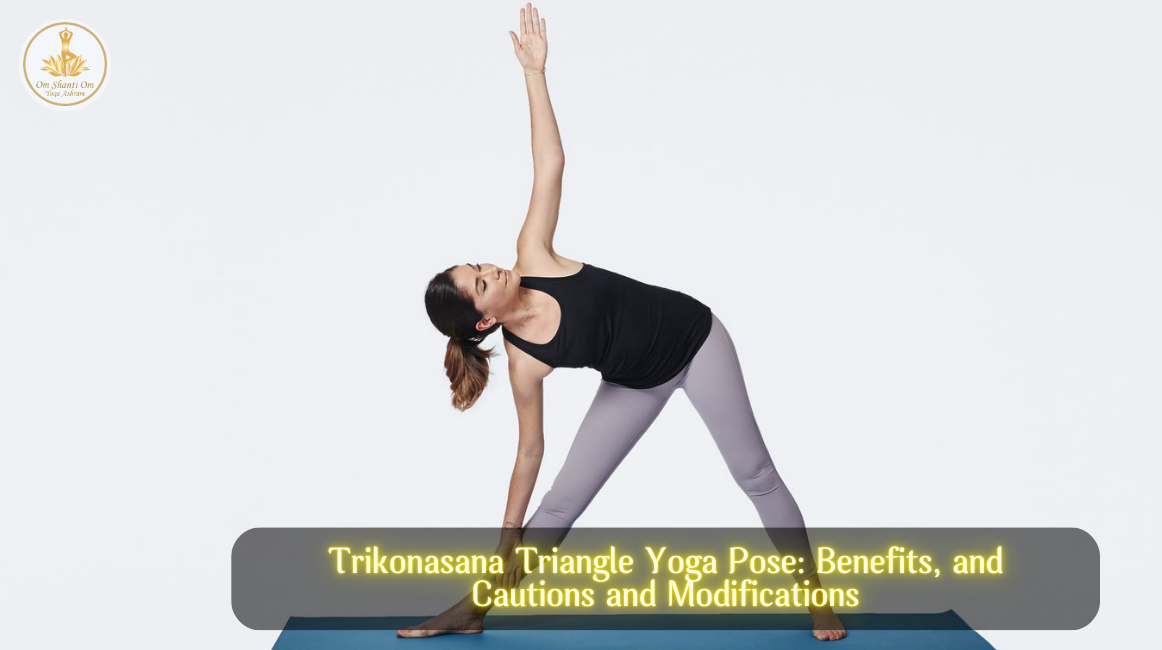

2 Comments
Can’t we take any herbal remedy for this purpose, i mean, being in pain and performing poses could be an irony for female health…. Especially in the crucial period.
Some people recommend not performing poses or yoga during periods; are they denying it because of spiritual means? There are also questions related to summing up with the higher self. When our energy is flowing in the opposite direction, is it good for higher self-realization?